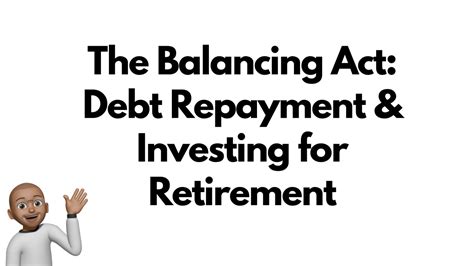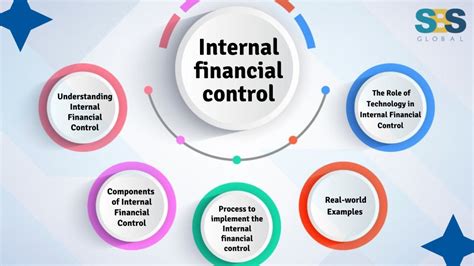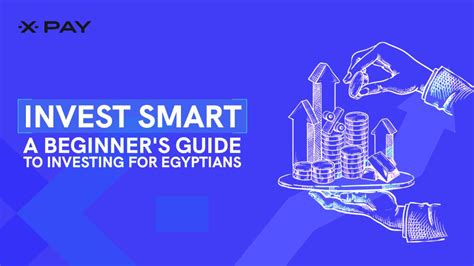Navigating the Financial Crossroads: Debt vs. Savings
For many men, the path to financial freedom often presents a critical fork in the road: aggressively tackle mounting debt or diligently build a robust emergency fund. Both are vital for long-term security and peace of mind, yet the question of which to prioritize, and how to achieve it quickly, can be daunting. This article explores a practical, fast-track strategy designed to help men not just choose, but conquer both.

Why a Clear Strategy is Crucial for Men
Societal expectations often place significant financial burdens on men, from providing for families to securing future investments. The pressure to “have it all together” financially can be immense. Debt, whether from student loans, credit cards, or mortgages, can feel like a heavy anchor, while a lack of emergency savings leaves one vulnerable to life’s inevitable curveballs – job loss, medical emergencies, or unexpected home repairs. A clear, actionable strategy isn’t just about money; it’s about reclaiming control, reducing stress, and building a foundation for a resilient future.
The Debt vs. Emergency Fund Conundrum
The traditional financial advice often creates a debate:
- Argument for Debt First: High-interest debt erodes wealth quickly. By eliminating it, you free up cash flow and reduce the cost of borrowing, accelerating your overall financial progress.
- Argument for Emergency Fund First: Without savings, any unexpected expense can force you back into debt, negating progress. A safety net provides stability and prevents a financial spiral.
While both arguments hold merit, the fastest strategy for men often involves a blend, acknowledging the immediate need for security while relentlessly attacking high-cost liabilities.

The Fastest Strategy: A Hybrid Attack Plan
This strategy is designed for maximum speed and psychological momentum, addressing both immediate safety and long-term liberation from debt.
Step 1: Establish a Mini Emergency Fund ($1,000 – $2,500)
Before launching a full-scale debt attack, secure a small, accessible emergency fund. This isn’t your full 3-6 months of expenses, but rather a “starter” fund to cover minor unexpected costs. This prevents you from incurring new debt if your car breaks down or an appliance needs repair. It provides a crucial psychological buffer, allowing you to focus on debt without constant fear of setback.

Step 2: Unleash a Relentless Debt Attack
With your mini-fund in place, channel all available extra income and debt payments into your highest-priority debt. There are two popular methods:
- Debt Snowball (for motivation): Pay minimums on all debts except the smallest one. Throw every extra dollar at that smallest debt until it’s gone. Then take the payment you were making on that debt, plus any extra, and apply it to the next smallest debt. This builds momentum.
- Debt Avalanche (for mathematical efficiency): Pay minimums on all debts except the one with the highest interest rate. Attack that debt aggressively. Once it’s gone, move to the next highest interest rate. This saves you the most money in interest over time.
For speed, choose the method that you can stick with most aggressively. Eliminate one debt at a time until they are all gone, or at least the high-interest consumer debts.

Step 3: Fully Fund Your Emergency Reserve (3-6 Months)
Once your high-interest debts are vanquished, redirect the significant cash flow you’ve freed up – the money you were previously sending to creditors – directly into building your full emergency fund. Aim for 3-6 months of essential living expenses. This larger fund provides true financial resilience against major life events like job loss or serious illness, solidifying your financial bedrock.
Accelerating Your Progress: Key Strategies
- Boost Your Income: Explore side hustles, overtime, asking for a raise, or switching jobs for better pay. More income means faster debt repayment and savings growth.
- Slash Expenses ruthlessly: Go through your budget line by line. Can you cut subscriptions, eat out less, or find cheaper alternatives for regular expenses? Every dollar saved is a dollar for your fund or debt.
- Automate Everything: Set up automatic transfers for your mini-fund, debt payments (more than minimums), and eventually your full emergency fund. Remove the decision-making friction.
- Negotiate: Call credit card companies to ask for lower interest rates. Shop for better insurance deals. Every percentage point saved accelerates your journey.

Conclusion: Your Path to Financial Empowerment
Crushing debt and building an emergency fund isn’t just about numbers; it’s about securing your future, reducing stress, and empowering yourself to pursue your goals without financial constraints. By adopting a hybrid strategy – establishing a mini-fund, aggressively attacking debt, and then fully funding your emergency reserve – men can navigate these financial challenges with speed and confidence, building a robust financial foundation that stands the test of time.




